24+ Plant Adaptations Grasslands
Since grasslands dont get a lot of rain many of them have long narrow. Thus fire aridity and rainfall are interconnected.
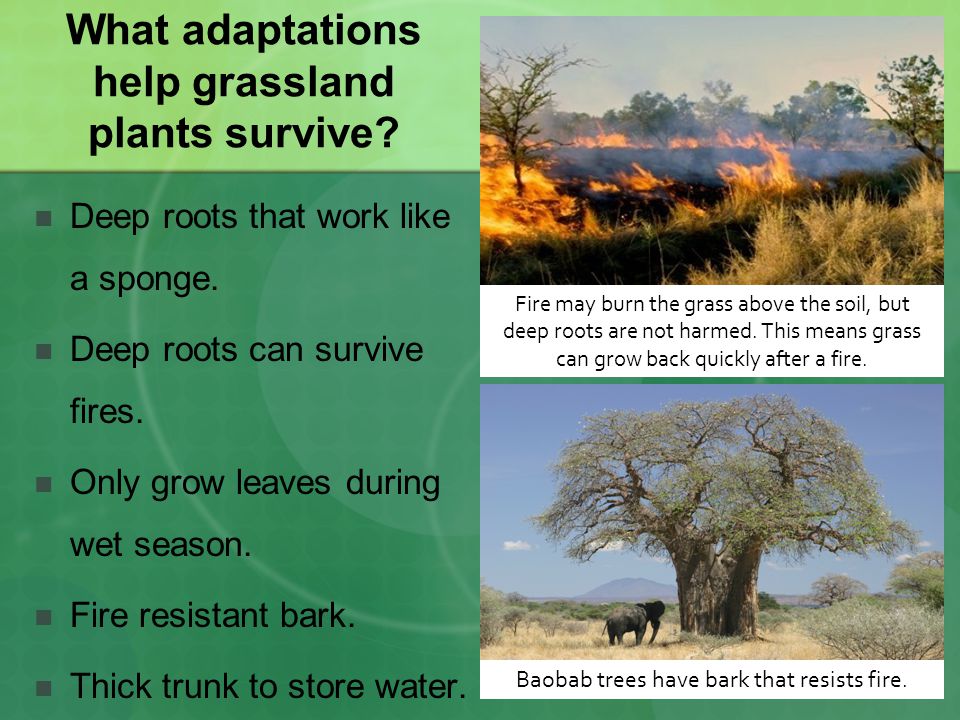
Habitats And Adaptations Ppt Video Online Download
Web Learning Objective Recognize distinguishing characteristics of Temperate Grassland Prairie plant adaptations of the biome.
. The prairies of the Great Plains of North America the pampas of South America the veldt of South Africa the steppes of Central Eurasia and surrounding the deserts in. Web Grassland Adaptations - Grasslands are the areas where the vegetation are mainly dominated by grassesThere are three different types of grasslands. Web Grassland Plant Adaptations The grassland plant adaptations include slim narrow leaves another variation.
They are Temperate grasslands Savannas and Shrublands biomes. A grassland west of Coalinga California. Temperatures in temperate grasslands vary according to the season.
Web There are two main kinds of grasslands. In summer temperatures can reach. The two distinct types of grasslands are savannas and temperate grasslands.
Web Grasses are well adapted to grow back after a fire. Is usually in the form of snow or ice. In many plant species the leaves contain silica a durable material that is resistant to the attacks of grazing animals.
Learn how animals in these ecosystems adapt to camouflage find food burrow nest and socialize. Web Grassland Adaptations - Grasslands are the areas where the vegetation are mainly dominated by grassesThere are three different types of grasslands. Grasslands account for 25 of global vegetation Grasses may make up.
In the Miocene and Pliocene Epochs which spanned a period of about 25 million years mountains rose in western North America and created a continental climate favorable to grasslands. Web The plants on grasslands have adapted to the drought fires and grazing common to that habitat. The Weather The first opponent grassland plants face is the weather.
Grasslands are characterized as lands dominated by grasses rather than large shrubs or trees. Web The grassland biome. Web Grasslands are full of herds of hungry herbivores.
Students sample species frequency using quadrats in two contrasting areas then use their results to consider the ways in which some plants are. Grasslands are found on every continent of the world except for Antarctica. Web This is so however only because human manipulation of the land has significantly altered the natural vegetation creating artificial grasslands of cereal crops pastures and other areas that require some form of repetitious unnatural disturbance such as cultivation heavy grazing burning or mowing to persist.
Tropical grasslands include the hot savannas. An ecosystem where the dominant plants are grasses and sedges graminoids with other herbaceous plants forbs and sometimes a low density of woody vegetation. Desert The desert is very dry and often hot.
Web These changes will impact wetland plants as well as migratory bird populations that breed winter or migrate through grassland habitats which are significant components along the Pacific Central and Mississippi Flyways. This enables them to survive the fires that commonly occur in the dry hot climate of grasslands. Annual rainfall averages less than 10 inches per year and that rain often.
Grasses prairie clover salvia oats wheat barley coneflowers Location. Web Grasslands are characterized by minimal rainfall yet still supporting grass and shrubs. Examples of temperate grasslands include Eurasian steppes North American prairies and Argentine pampas.
Grasslands are found in environmental places where the growth of grass-like plant covers is conducive but that of taller plants like trees or shrubs is not. Web Grassland is an area in which the vegetation of that area is dominated by large and continuous grass covers. Web Other plants have evolved a range of adaptations which enables them to survive in such conditions.
Web Quiz Course 26K views Grassland Plants vs. Climatic Dryness results in the largest areas of natural grassland that can be classified. Sharing adaptation distribution and reproduction in any medium.
They became widespread toward the end of the Cretaceous period and coprolites of fossilized dinosaur feces have been found containing phytoliths of a variety of grasses that include grasses that are related to modern rice and bamboo. Web An important consequence of aridity and changing rainfall patterns is fire which promotes the spread of grasslands. Grassland animals are also prepared for fires fleeing or burrowing underground to wait out the flames.
We know from several recent studies that C4 plants become more common during dry periods across northern and eastern Africa and less common during wetter periods. They are Temperate grasslands Savannas and Shrublands biomes. On each of these continents they are known by different names though.
It has long days during the growing season sometimes with 24. Herbivores and nutrients control grassland plant diversity via light limitation. You see grasses and other grassland plants have special adaptations to allow them to survive heavy grazing.
5 in Knight What is a grassland. Web The grassland biome which is typically characterized by the presence of different types of grasses and herbaceous plants covers approximately 25 percent of the total surface area of our planet. These herbivores are hard on plants but they can be a powerful force in making an area a grassland and keeping trees from taking it over.
Major grassland plant. Web Grassland plant adaptations include deep roots narrow leaves and brightly colored flowers. Web Plant Adaptations Plants have adaptations to help them survive live and grow in different areas.
Fires both natural and human-caused are important factors shaping grasslands. Web Grassland Biomes Adaptations Read Ch. Temperate grasslands are found throughout central North America where they are also known as prairies and in Eurasia where they are known as steppes.
Large animals such as African elephants can also trample the ground and discourage the growth of trees. They absorb water but do not lose vital. Web Grasslands receive around 500 to 900 millimeters 20 35 inches of rain per year.
In winter temperatures can plummet to well below 0 degrees Fahrenheit in some areas. Web The graminoids are among the most versatile life forms. Grassland plants particularly grasses themselves grow from the base of the plant rather than the tips.

Grassland Adaptations Youtube

Grassland Adaptations Youtube

What Are Grassland Plant Adaptations Agrikulture Today
Plants Grasslands

Grassland Adaptations Definition Climate Classification Conservation

Ancient Grasslands Guide Ambitious Goals In Grassland Restoration Science

Plants Of The Grassland Ask A Biologist

Grassland Plants Field Studies Council
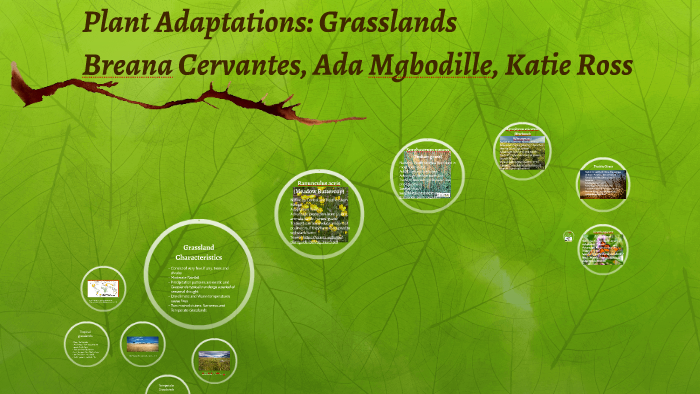
Plant Adaptations Grasslands By Katie Ross On Prezi Next

Grassland Animal Adaptations Science Struck
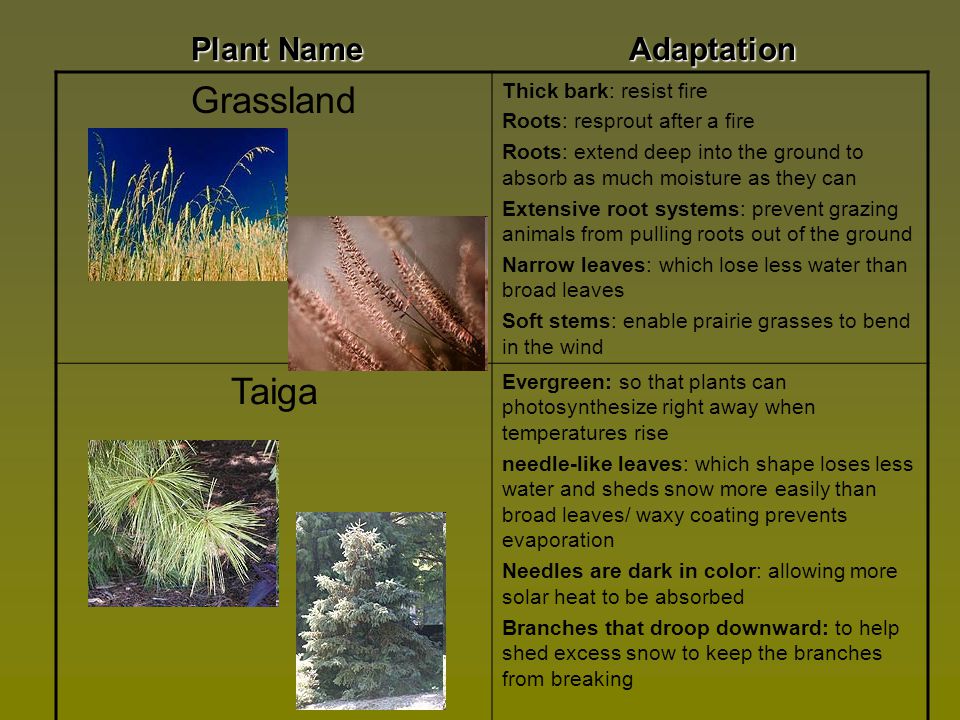
Plant Adaptations What Does Adaptation Mean Ppt Video Online Download

Adaptation Of A Plant And Animal In The Grassland African Elephants
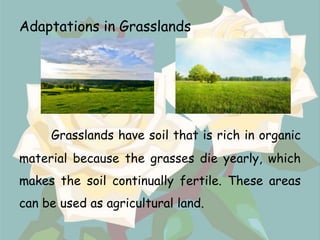
Plant Adaptations
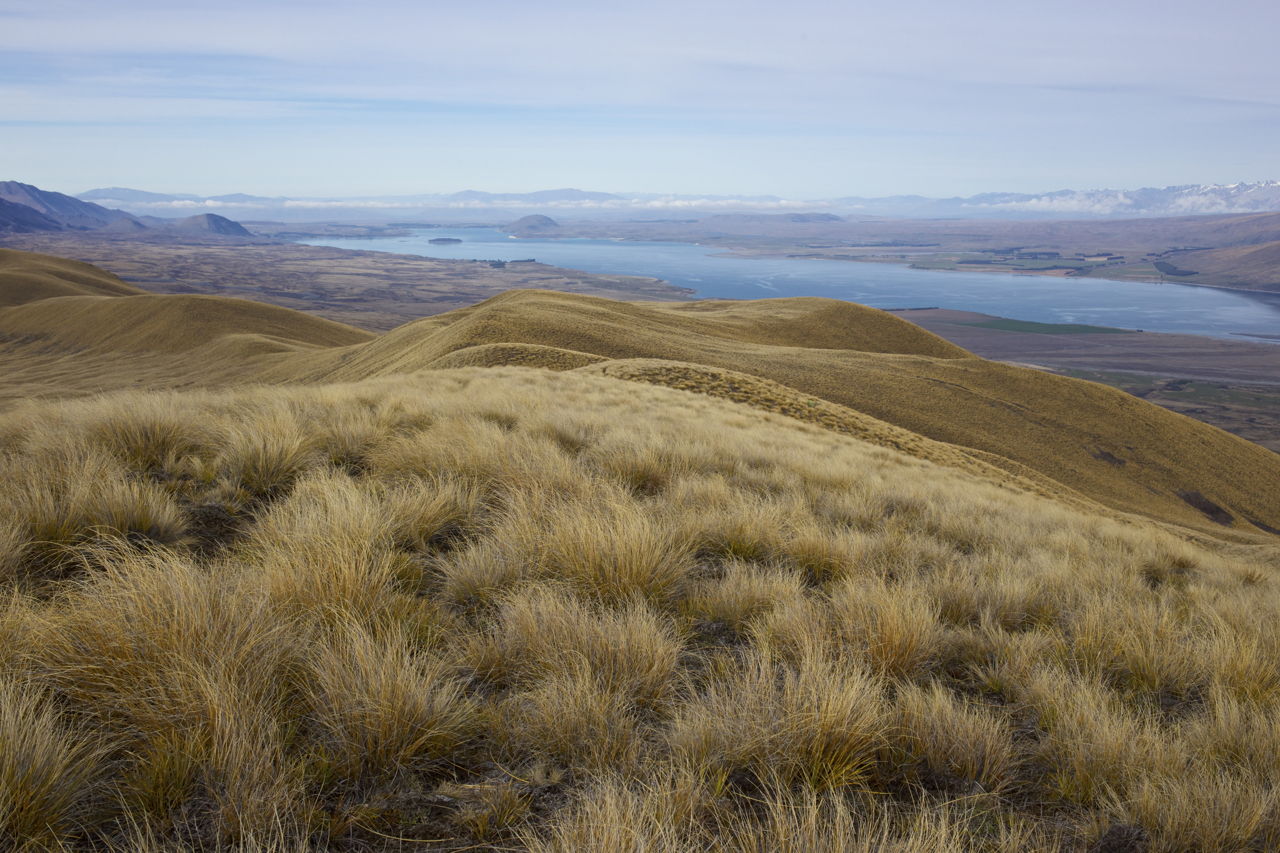
Grassland Animal Adaptations Science Struck
Plants Grasslands
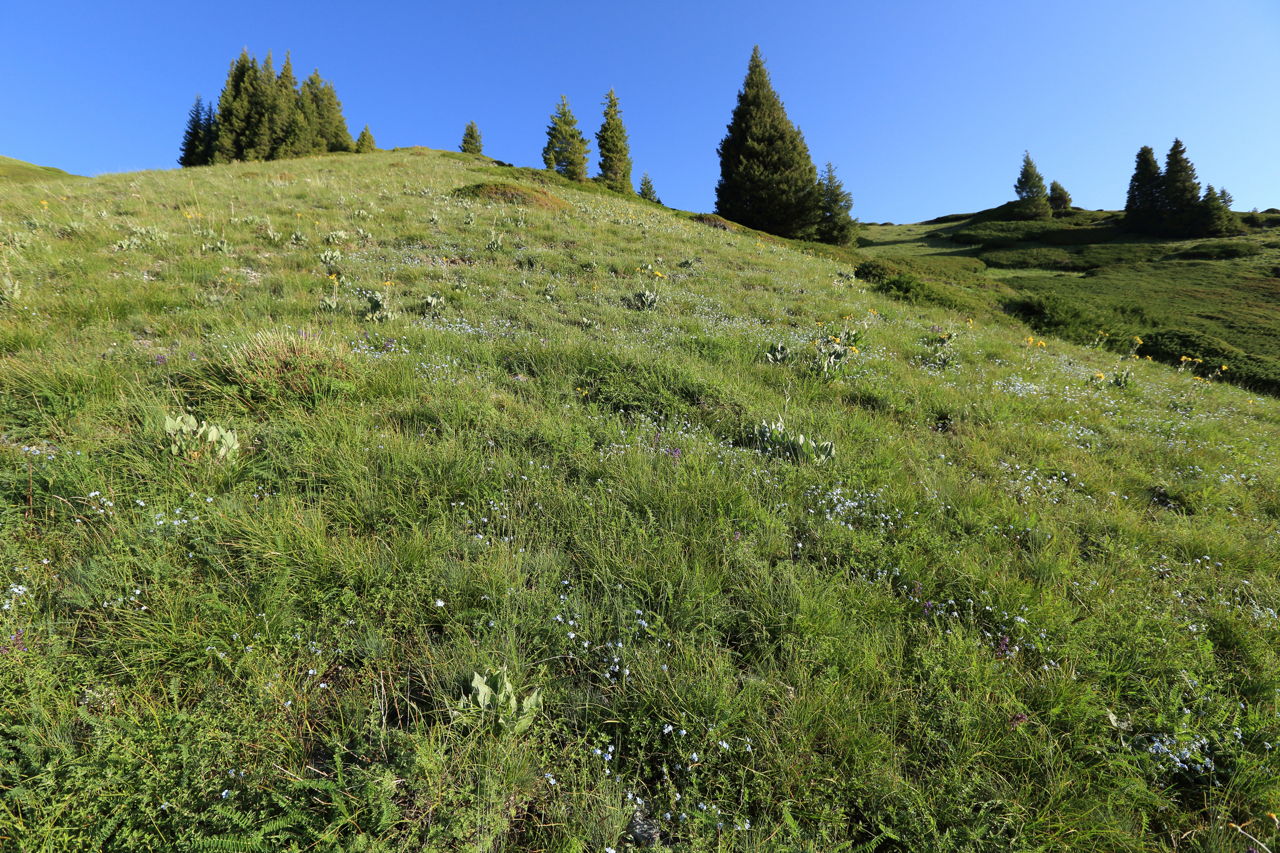
Grassland Animal Adaptations Science Struck
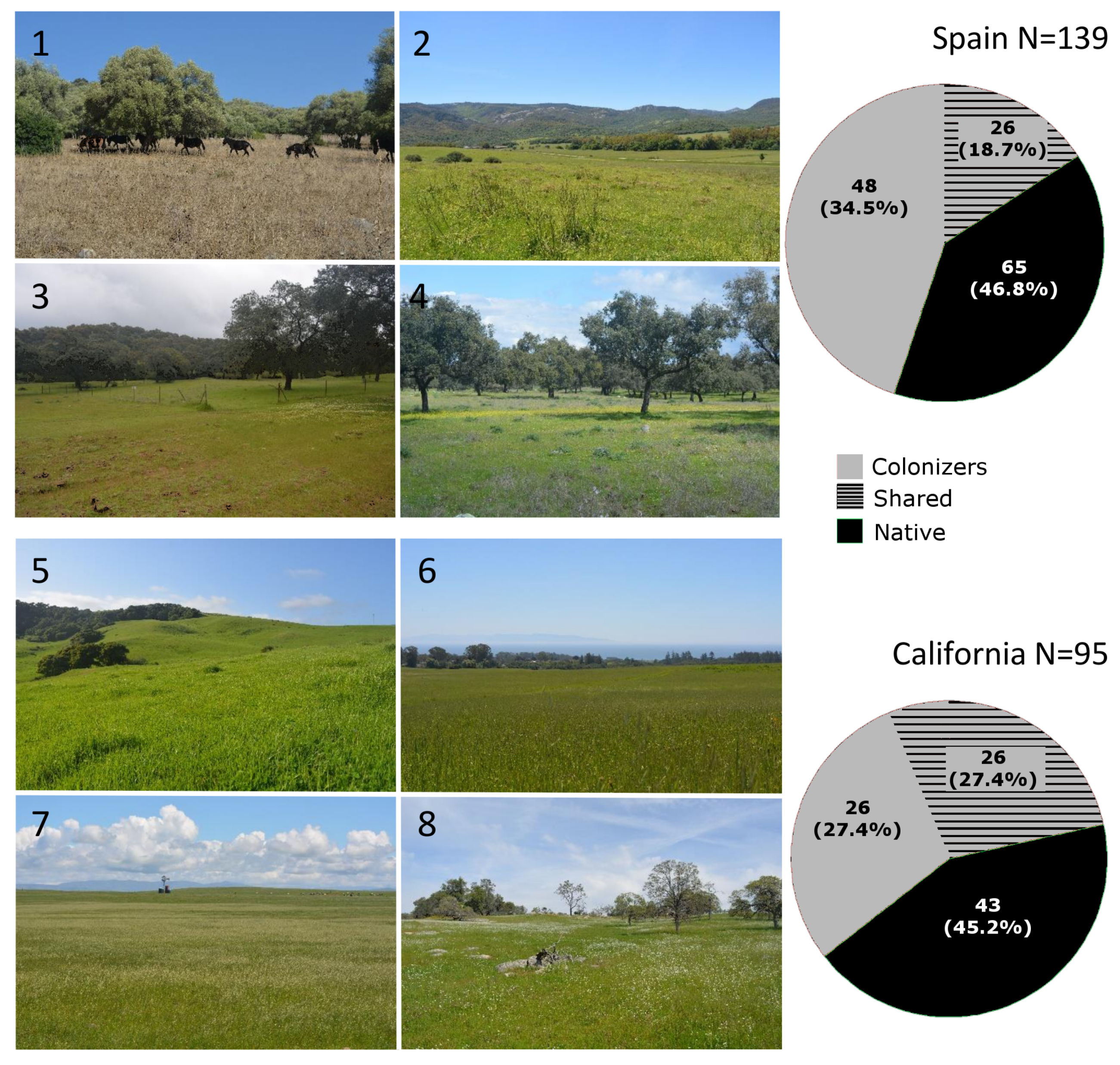
Diversity Free Full Text Plant Community Assembly In Invaded Recipient Californian Grasslands And Putative Donor Grasslands In Spain